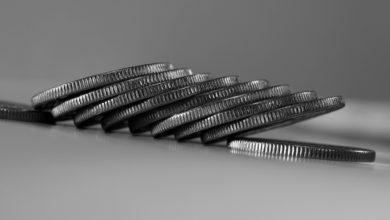From Samurai Swords to Bruce Lee to Filipino Artistry, the Martial Arts History Museum is the world’s only one of its kind and it’s here in the San Fernando Valley
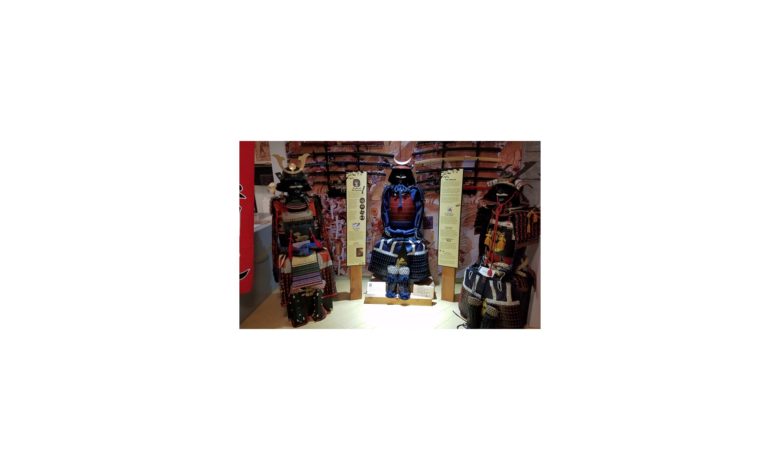
[ad_1]
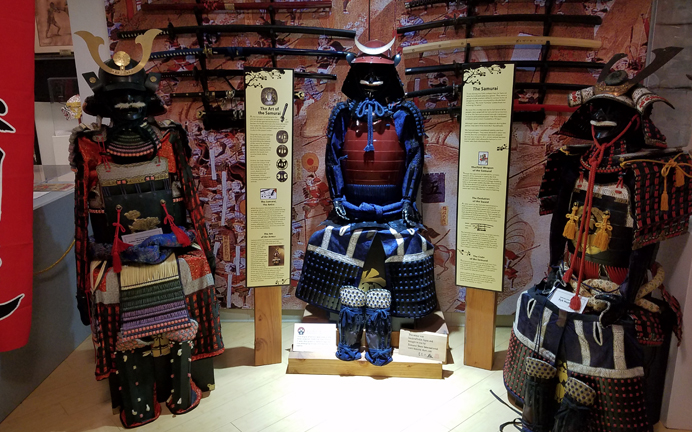
(NewMediaWire) – October 29, 2022 – Burbank, CA – If you felt the swoosh of a ninja star just passing your ear, then you might be visiting the city of Burbank as they tote the bragging rights with the only museum in the world dedicated to the martial arts; the Martial Arts History Museum. Located in the heart of Burbank’s Magnolia Park district, the museum is the brainchild of martial arts historian and former magazine publisher Michael Matsuda.
Matsuda launched the museum as a traveling exhibit in 1999 and traveled across the nation. The mission of the museum is to provide an educational experience about the positive contributions of the Asian American community as it connects with the martial arts.
Although the museum doesn’t have the financial muscle behind it such as the Natural History Museum, the La Brea Tarpits, the Peterson Museum, or the Autry Museum, it does have its share of unique and different artifacts that you won’t find there, such as the mask from Revenge of the Ninja, the actual headband from the Karate Kid, one of the Flying Guillotines and uniforms from some of the arts greatest pioneers.
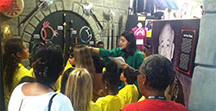
Designed by volunteer employees from the Walt Disney Company, Dreamworks, The Simpsons, and even Halloween designers, the museum is a treasure trove of artistically creative walls and displays. It even has an animatronic tiki that greets you as you enter the Hawaiian section.
Now celebrating its 23rd year, visitors wander through a historic timeline of Asian and American history. Starting with the roots of the martial arts in China to the exciting armor of the samurai, to the Billy Jack hat in the Korean section to the stickfighting art of Kali of the Philippines. Guests also learn about the ancient Hawaiian art of Lua, the awesome history of Thailand, a timeline of Anime history to the movies and television shows that made an impact on American history.
“Art, music, dance, that’s all part of martial arts and Asian culture and that’s what this museum is about. Learning where the arts you practice, where it all came from,” notes Matsuda.
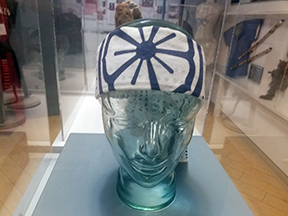
Of the collection, Matsuda says, 95 percent is donated while the other 5 percent is on loan. Many of the art’s most prominent historians have provided accurate information to ensure the integrity of the museum. “There are no headquarters, no governing body, no resource centers for the martial arts so I feel it’s important that we at least do what we can to save our history.”
Many of the martial arts we all enjoy came from Asian masters who traveled to the West to spread their artistry. Although they faced a century of prejudice and racism, they persevered and today, children across the world enjoy the martial arts. “Some people gave of their lives to bring these arts to America and without the museum, everything they did will be lost and forgotten, stresses Matsuda.
The museum is in the midst of a $5 million campaign to relocate the museum to a larger facility. With a new location, they will be able to host the school districts which require a full busload to visit.
A non-profit organization, the museum accepts tax-deductible donations at MAmuseum.com. For more info, contact them at (818) 478-1722.
[ad_2]

